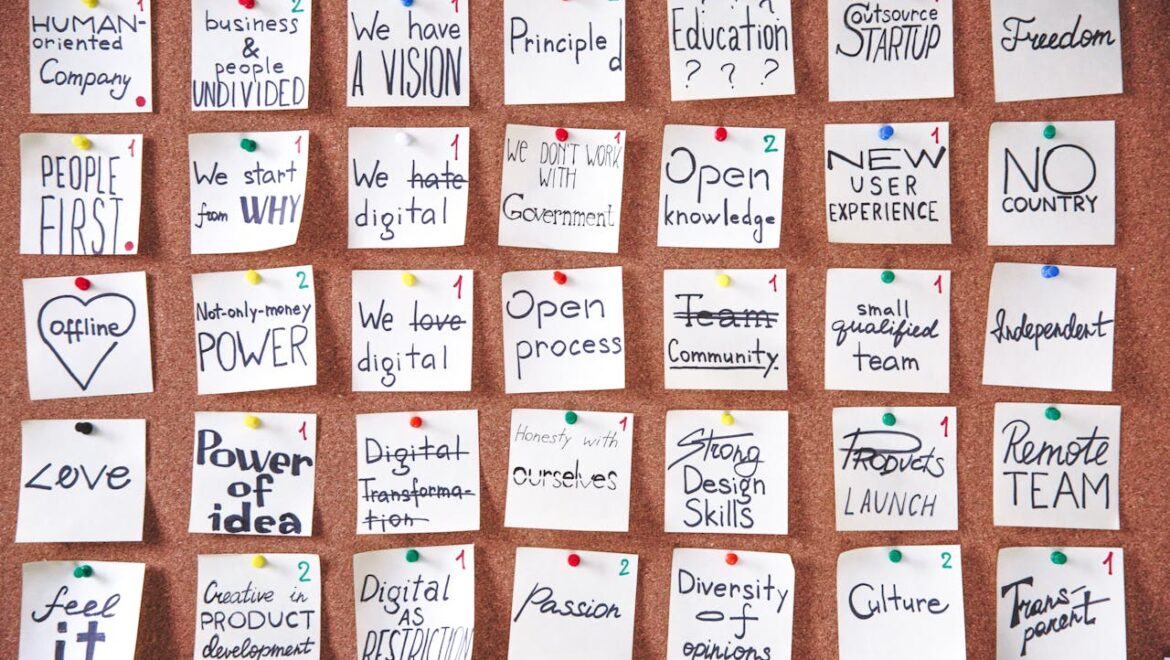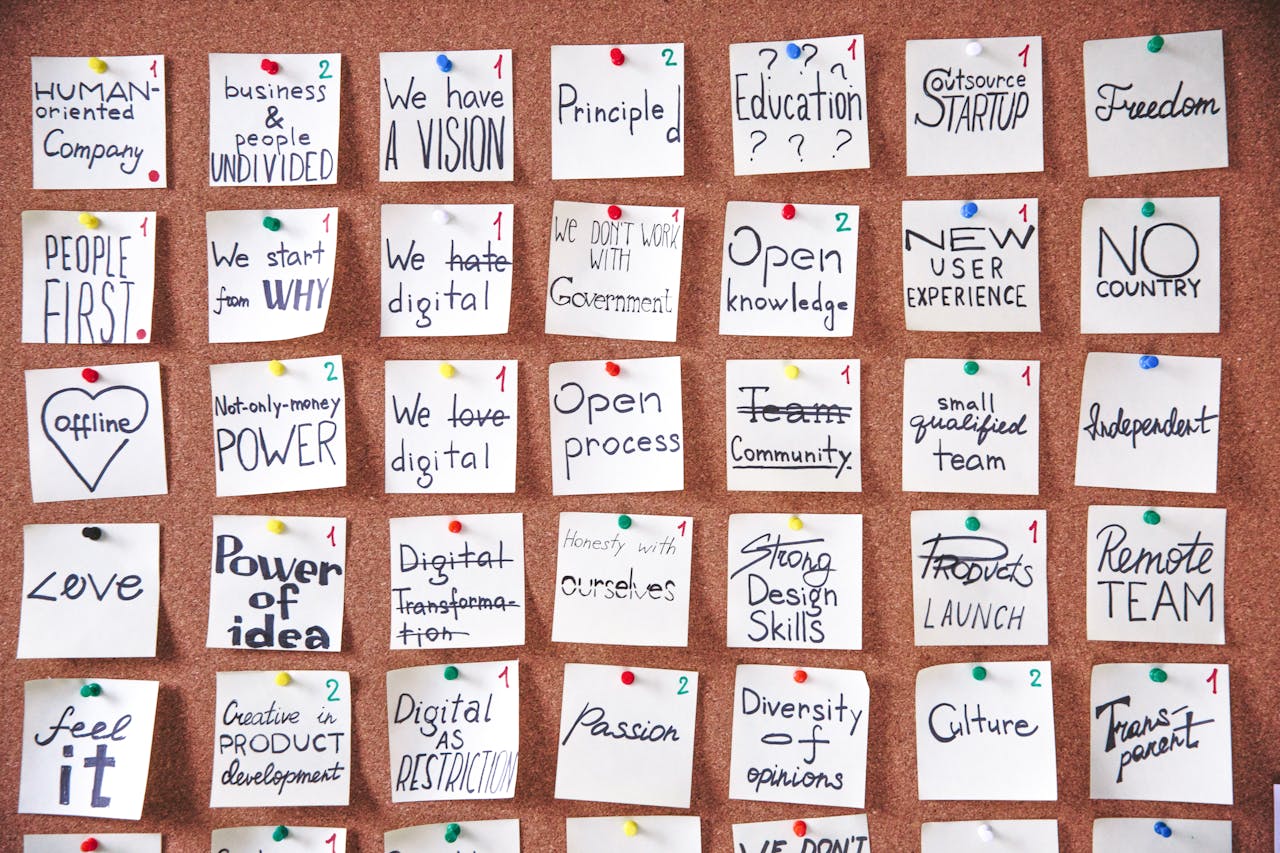How Gratitude Reframes the Stress We Don’t Talk About
I don’t know about you, but I grew up in a family of world-class worriers.
For as long as I can remember, the people around me were experts at turning everyday pressure into full-blown stress. As a kid, I could walk into a room and immediately detect everything that was “wrong” with it. A tiny patch of peeling paint. A strained tone in someone’s voice. A dry biscuit. Anything and everything was a potential disaster.
It didn’t improve much with age. The adults were the same. Complaints, tension, and a good dose of whinging took centre stage most days. We were a tightly wound bunch.
Naturally, I carried that into the workplace, and it made me miserable. Eventually, it took a serious toll. Climbing out of that hole changed my life, and now I help others avoid the same traps.
Work today asks a lot of us. Shifting priorities. Long hours. Tough conversations. The pressure to look composed even when you’re running on fumes. Stress creeps in slowly, almost silently. One day you realise it’s become part of your daily routine.
What actually helps? Gratitude.
Not the forced, “be positive at all costs” version. Real gratitude. The simple skill of noticing what is still supporting you. What is steady. What hasn’t fallen apart. The small pockets of calm inside the chaos.
And during stressful periods, that matters.
Why gratitude helps during stress
When stress spikes, the brain zooms in on problems. It looks for threats and unfinished tasks. In a workplace, that can feel like your mind is glued to everything that hasn’t been done.
Gratitude widens that view. Even small, ordinary moments interrupt the stress cycle, like:
- Morning sunlight through a window
- The first quiet minute of the day
- A seat on the train you weren’t expecting
- A meal that actually turned out well
Inside the workplace, the same thing happens:
- Someone sharing information before you needed to chase it
- A colleague covering something so you could finish another task
- Hearing a thank you when you needed it most
- A meeting running smoothly for once
These moments send a different message: not everything is falling apart, and not everything rests on your shoulders.
Gratitude doesn’t remove the workload. It simply creates enough mental space to breathe and keep going.
What gratitude is not
Let’s keep it honest. Gratitude is not:
- Pretending everything is fine
- Telling people to be thankful instead of fixing real issues
- Ignoring unfair workloads or broken systems
- Saying “at least you’ve got a job”
Healthy gratitude can sit alongside frustration, fatigue, or disappointment. It doesn’t cancel those feelings. It adds perspective without minimising the truth.
How gratitude shows up in real workplaces
Gratitude isn’t limited to warm, expressive teams. Many workplaces are blunt, busy, or stretched thin. Gratitude still exists there. It just shows up in quieter ways.
Sometimes it looks like noticing:
- A task finally clicking after days of trying
- Handling a difficult moment better than last time
- A tool or system that genuinely saves you time
- A routine that helps you stay steady on heavy days
Or through people, even when no one is especially emotional:
- Someone meeting a deadline
- Clear instructions that prevent confusion
- A meeting that finishes on time
- A decision that reduces uncertainty
Gratitude at work isn’t about waiting for big gestures. It’s recognising the things that reduce friction, add clarity, or make the week easier to carry.
Gratitude also helps you see progress
Stress highlights what’s unfinished. Gratitude balances that by bringing your attention to what has moved forward:
- Something finally completed
- A skill that felt smoother this time
- Support you forget you have, like good tools, a reliable break, or a manager who actually listens
These small markers of progress build confidence slowly but steadily.
For leaders, gratitude is a practical tool
Leaders who use gratitude well create teams where people feel respected and safe enough to speak honestly. This doesn’t replace fixing workload or improving systems. It simply makes those improvements easier because people already feel valued.
Stress will always exist at work. But the way we carry it can absolutely change.
So here’s a quiet reminder to notice what’s steady, what’s working, and what’s helping you through the week. Those moments are not small. They’re what keep people going.
And since we’re here, thank you for showing up, caring, and continuing to do the work.

Peter Diaz is the CEO of Workplace Mental Health Institute. He’s an author and accredited mental health social worker with senior management experience. Having recovered from his own experience of bipolar depression, Peter is passionate about assisting organisations to address workplace mental health issues in a compassionate yet results-focussed way. He’s also a Dad, Husband, Trekkie and Thinker.


















